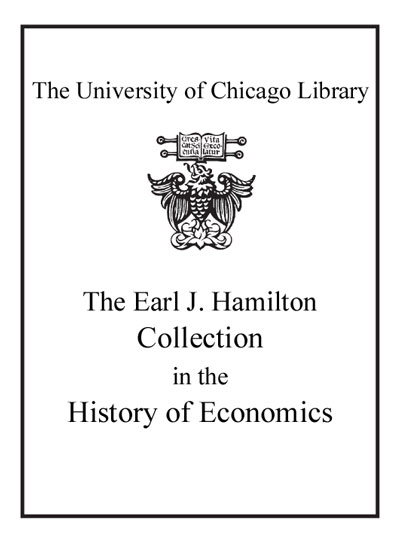Review by Choice Review
This book, an updated edition (1st ed., CH, Jan'98, 35-2829), disappoints because it lacks the insights and balance that one expects from an author who is a finance professor, as Geisst (Manhattan College) is. According to his account, all problems in finance stem from insufficient regulation, and more regulation can solve them. Geisst never mentions in his chapter on the Great Depression (even to dismiss it) the widely accepted view among monetary economists that Federal Reserve policy was the primary cause of the recession from 1929 to 1933. In addition, no economist should mangle Schumpeter's concept of creative destruction, nor state, as Geisst does, that a 57 percent market share by the top six firms indicates monopoly. For Geisst, the root cause of the 2008 financial panic was repeal of Glass-Steagall restrictions. He ignores government housing regulations such as the Community Reinvestment Act and downplays the role of "moral hazard," a term he uses once without explaining it. The book is lightly footnoted and, despite its length, is clearly aimed at a nonacademic audience. Geisst is author of several works, including Collateral Damaged: The Marketing of Consumer Debt to America (CH, Dec'09, 47-2113) and The Last Partnerships: Inside the Great Wall Street Dynasties (CH, Oct'01, 39-1057). Summing Up: Optional. General readers. R. E. Schenk emeritus, Saint Joseph's College (IN)
Copyright American Library Association, used with permission.
Review by Booklist Review
Geisst offers the first history of Wall Street from its beginning as an outdoor market in lower Manhattan to the 2009 recession in this updated edition first published in 1997. He chronicles the major events in finance and government from 1790 to 1840 that provided a foundation for trading techniques and rules, considers the era of the trader-speculator between 1830 and the Civil War and market activity in the late nineteenth century, and addresses the 1929 crash and the regulation that emerged in 1933 with new securities law that began a war against unrestrained bigness in business and finance. He presents the Enron story, explaining that the company was a major source of fees for Wall Street until its 2001 collapse. Concluding with the 2009 great recession, Geisst observes, As the markets meandered during the Great Recession, it became clear that Wall Street had little intention of reforming unless forced to do so by Washington. Some things never change, as we learn in this excellent book for financial-history enthusiasts.--Whaley, Mary Copyright 2010 Booklist
From Booklist, Copyright (c) American Library Association. Used with permission.
Review by Choice Review
Review by Booklist Review

